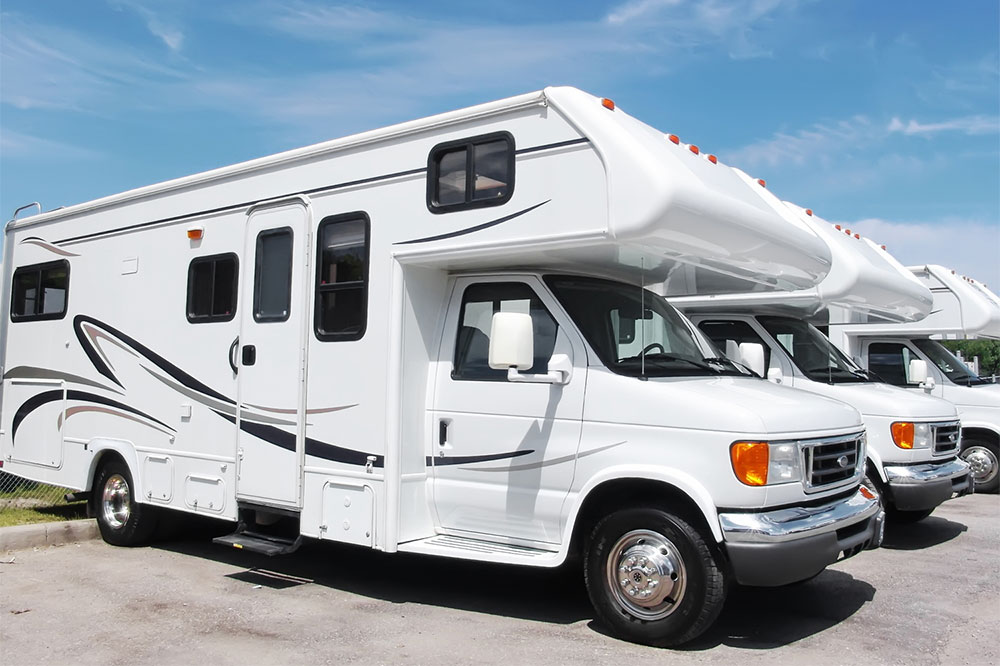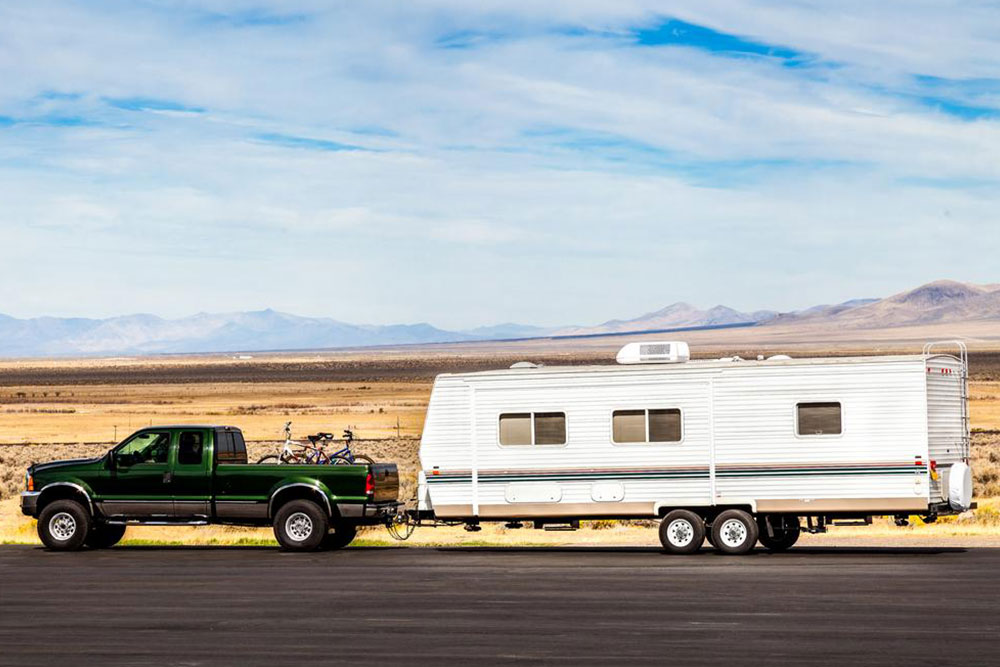Comprehensive Guide to Buying Repossessed RVs from Banks for Budget-Conscious Travelers
Discover an in-depth guide on buying repossessed RVs from banks, highlighting cost savings, inspection tips, and strategic buying advice. Learn how to find reliable repossessed vehicles through auctions and bank listings, and explore ways to negotiate for the best deal on your adventure vehicle. This comprehensive article is essential for budget-conscious travelers and first-time RV buyers seeking quality at a lower price, ensuring a safe and enjoyable RV ownership experience without overspending.

For avid travelers and recreational vehicle enthusiasts looking to maximize their travel experience while minimizing costs, purchasing a repossessed RV from banks presents a compelling opportunity. These vehicles, often repossessed due to default on financing, are then sold through various channels such as bank listings, public auctions, and online platforms. They offer a fantastic chance to acquire an affordable and reliable recreational vehicle, often at prices significantly lower than their retail counterparts. This detailed guide will explore the process of purchasing repossessed RVs, advantages, pitfalls to avoid, and tips to ensure you get the best deal possible.
Understanding Repossessed RVs
Repossessed RVs are vehicles that have been taken back by banks or financial institutions because the previous owner failed to meet payment obligations. These RVs can range from older models to relatively new units, depending on the circumstances of repossession. Since they are repossessed assets, banks typically aim to sell them quickly to recover costs, which can lead to attractive pricing for buyers. These vehicles are often sold without dealer warranties and might have been used extensively or stored in various conditions, making thorough inspection and due diligence essential for buyers.
Advantages of Purchasing Repossessed RVs
One of the primary benefits of buying a repossessed RV is cost savings. Typically, these vehicles are priced between 25% to 40% less than the market rate for a similar new or used RV. This significant discount makes them especially appealing to budget travelers, first-time RV owners, or those looking to minimize investment. Additionally, many repossessed RVs have had to meet certain resale standards imposed by banks, ensuring they are generally in decent condition. Buying a repossessed vehicle also allows buyers the opportunity to customize and upgrade the RV as per their preferences, often without the premium prices associated with brand-new models.
Where to Find Repossessed RVs
Locating repossessed RVs requires some research and familiarity with various sales channels. Key sources include:
Bank Websites: Many financial institutions list their repossessed assets, including RVs, directly on their official websites. These listings may be updated regularly and often include detailed descriptions and photos.
Public Auction Platforms: Government and private auctions are frequent venues for selling repossessed vehicles. Participating in these auctions can be quite advantageous, though it requires understanding auction procedures and bidding strategies.
Online RV Auction Websites: Numerous specialized platforms host RV auctions, where both individual and institutional sellers list repossessed vehicles for competitive bidding.
Classified Ads and Local Notices: Sometimes, repossessed RVs are listed in local newspapers, online classifieds, or community notice boards, providing access to nearby deals.
Inspecting and Evaluating Repossessed RVs
Before committing to a purchase, a meticulous inspection is crucial. Consider the following steps:
Visual Inspection: Check for obvious damages such as dents, rust, leaks, or water stains. Water damage can lead to mold and structural issues, so look closely at ceilings, walls, and flooring.
Mechanical Assessment: Verify the condition of the engine, transmission, brakes, and tires. If possible, have a qualified mechanic conduct a thorough evaluation.
Frame and Structure: Ensure the RV's frame is intact and free from significant rust or damage that could compromise safety.
Electrical and Plumbing Systems: Test all appliances, wiring, water pumps, and plumbing to confirm proper functionality.
Inspection History and Documentation: Request maintenance records, previous accident reports, and title verification to confirm ownership status and vehicle history.
Key Components and Age: Pay attention to bulkhead components such as batteries, awnings, and appliances, noting their age and wear.
Making a Purchase Decision
After thorough inspection, evaluate whether the vehicle meets your needs and fits your budget. Verify the vehicle’s history report for prior damages or notable repairs. Don’t hesitate to negotiate the price; since repossessed RVs are often sold with minimal profit margins, there may be room for bargaining. Always clarify what is included in the sale, such as warranties, title transfer, and any repair or inspection guarantees.
Financial and Legal Considerations
When purchasing a repossessed RV, it is vital to complete all legal formalities. Transfer of ownership should be smooth and compliant with local regulations. Be aware of insurance costs, which can vary depending on the vehicle’s age, condition, and your intended use. Also factor in potential maintenance expenses and fuel efficiency, particularly for older models. It’s prudent to secure financing in advance if needed, and compare rates from different lenders to ensure you are getting favorable terms.
Benefits of Buying Repossessed RVs
Aside from affordability, repossessed RVs can be a gateway to owning a larger, more feature-rich vehicle without the hefty price tag. Many buyers appreciate the opportunity to acquire well-maintained vehicles that otherwise might be out of reach financially. In addition, buying directly from banks or auction platforms often results in significant upfront savings—sometimes thousands of dollars compared to retail prices. This affordability enables travelers to allocate funds towards upgrades, personalization, or travel expenses. For budget-conscious individuals or families, repossessed RVs represent an excellent investment that balances cost and functionality.
How to Ensure a Successful Purchase
Preparation and due diligence are key. Create a checklist of what you seek in an RV—size, amenities, mileage, and condition. Conduct research on typical prices for the model you are interested in, and set a budget. Attend multiple inspections or auctions to understand the market better. Engage professionals if possible, such as mechanics or RV inspectors, to avoid costly surprises. Negotiation skills can also play a vital role—be prepared to make offers and walk away if conditions aren’t favorable. After purchase, plan for necessary inspections, repairs, and upgrades to maximize the vehicle’s value and longevity.
Conclusion
Buying a repossessed RV from banks can be an excellent way to enter the RV lifestyle at a fraction of the cost of new models. With careful research, thorough inspection, and strategic negotiation, buyers can find reliable, well-maintained vehicles that suit their adventure needs. While there are some risks associated with used and repossessed vehicles, they are often mitigated through diligent due diligence and expert advice. This approach opens up possibilities for more people to enjoy the freedom of adventure, explore new destinations, and create lasting memories—all without breaking the bank.





